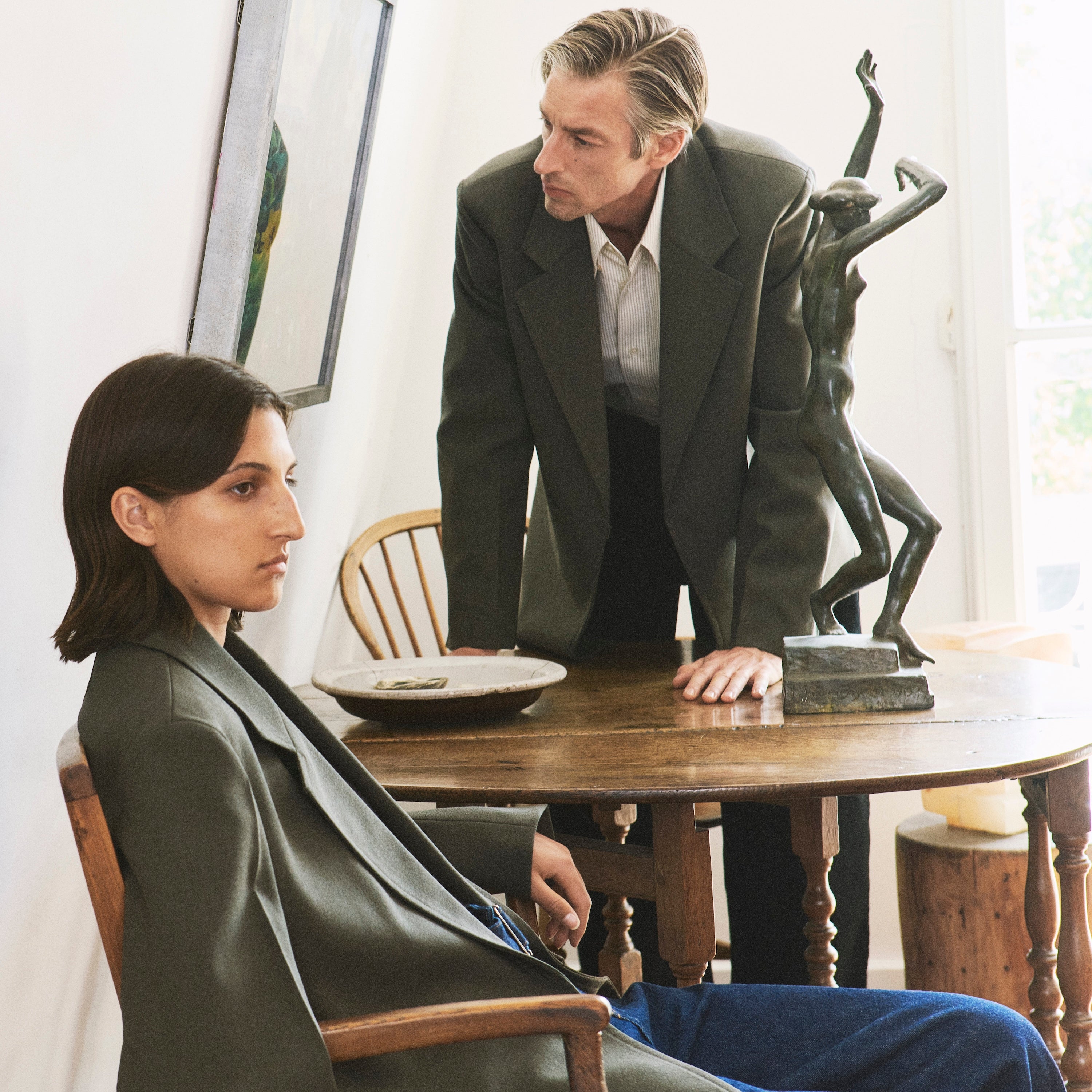




Positioned by the bay window, amongst the oversized Yucca plants and a neat stack of Mies van der books, was his Marcel Breuer chair. With each of us struggling to survive on a fortnightly Giro, we often found ourselves feeling suspicious of such an overt display of wealth, and would occasionally mock him when he tried to (repeatedly) convince us that he’d found it in a skip. We’d fight to be the one to sit in it, before triumphantly sinking back into his (presumed stolen) slice of 1920s cuboid history, with a greasy cheese toastie and a mug of Earl Grey – precisely what Walter Gropius would have wanted.
This cantilevered early 1990s dalliance changed my opinion on furniture forever. I’d sometimes flick through the Habitat catalogue, lusting after a couple of B3s in the same way as teenage boys find themselves instinctively veering towards the ‘bra section’. As with all good things, they come to those who wait, and after years of parking my weary backside on knackered old junk shop finds, I recently invested in a couple of Mart Stam ST31s for the office at home. Now the beau and I can sit and ponder in supreme, smug comfort, baffled about how we can lean so far back, but still never tip over.
In world of dark, heavy, immovable wooden furniture, one can only imagine how these pioneering pieces mangled the minds of many. For centuries, we’d been led to believe that chairs weren’t chairs unless they had 4 legs. But that all changed in 1925, when brain box Breuer was apparently inspired by the strong but light, tubular steel frame of his bicycle. Held aloft by canvas stretched over intersecting lines of angled metal, the result defied logic and marked a milestone for innovative, modern furniture design. Man, machine and mass-production – Marcel had nailed it, and 20th century homes of the bourgeoisies would never look the same again.
Leanne Cloudsdale

